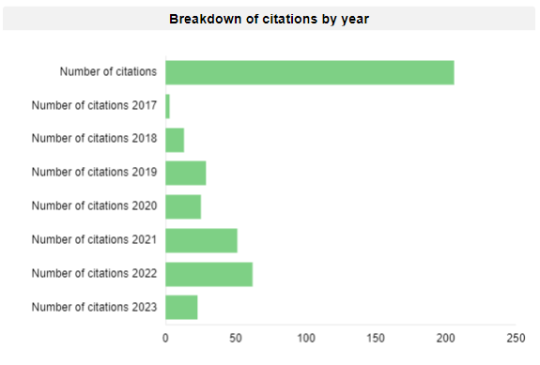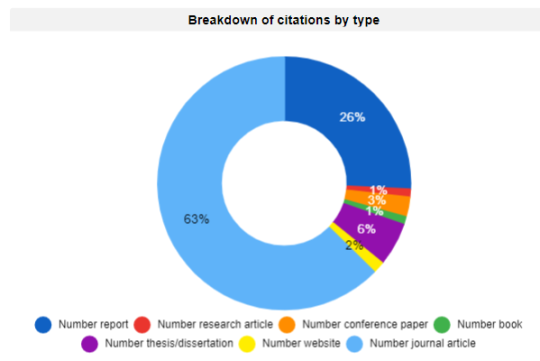SEED’s core aim is to enable great decisions to be made for the people of NSW with easy-to-find, current, trusted and open environmental data. With over 5200 datasets, the openness of data on SEED has enabled it to be used in research and decision-making. We are delighted to share evidence of SEED being used in journals, research, articles and decision-making.
A keyword search found that SEED data had been cited in over 200 distinct publications since its launch in 2017, with a clear upward trend. Citations were found across technical reports, journal articles, books, conference papers, and more. We found the most popular datasets cited were on bushfires, vegetation and fire-related data, including NSW Landuse (all versions), Fire Extent and Severity Mapping (FESM), Google Earth Engine Burnt Area Map (GEEBAM), NPWS Fire History, the State Vegetation Type Map, and soils-related datasets. While SEED is cited across a diverse array of themes, the most common articles citing SEED data were in Marine and Freshwater Research, Science of the Total Environment, Australian Zoologist and NSW Department of Industry reports.
Having your data openly available on SEED means that it is available for research and is a trusted resource for decision-making. By making your data publicly available on SEED it can have a much greater impact.
Get in touch with us if you have any questions about getting your data onto SEED or examples of how you have used SEED data in your research and/or decision-making.
Header image: Peter Robey/DPE



